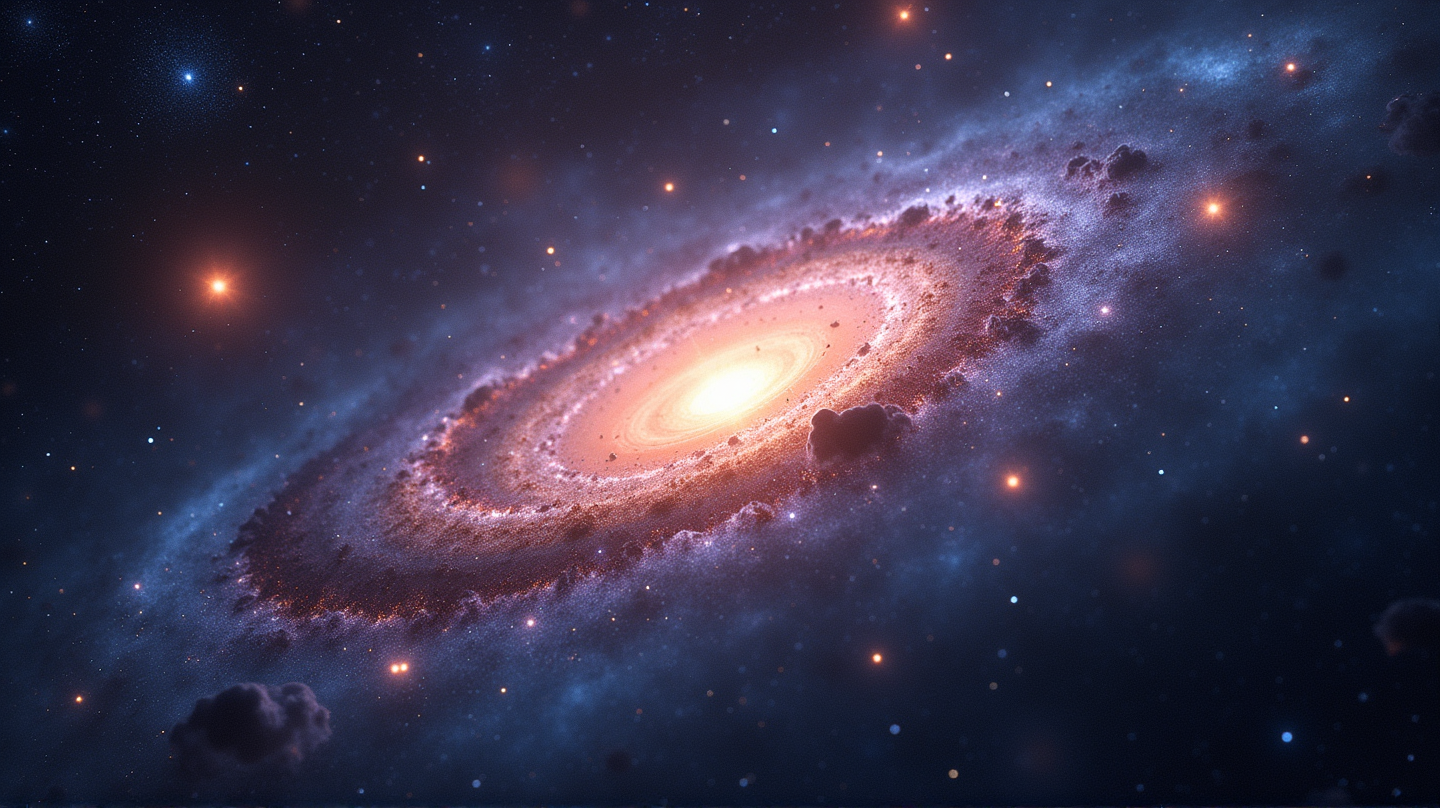Euclid's First Peek: A Thrilling 26 Million Galaxies Unleashed

Unveiling a New Chapter in Cosmic Exploration
Embarking on a journey to map the enigmatic dark Universe, the European Space Agency’s (ESA) Euclid mission has released its first significant deep sky data. This initial glimpse has already unveiled 26 million galaxies, offering an enthralling peek into the vast tapestry of cosmic structures. According to SciTechDaily, Euclid’s first findings promise to revolutionize our understanding of the cosmos.
Euclid’s Groundbreaking Galactic Insights
On March 19, 2025, ESA’s Euclid mission took a monumental leap, with its initial data offering a view that spans across three large sky sections. This includes mesmerizing mosaics featuring thousands of galaxy clusters and fleeting cosmic phenomena. Through the power of AI and the enthusiasm of citizen scientists, Euclid has categorized over 380,000 galaxies and identified 500 gravitational lenses. Such initiatives lay the groundwork for exploring some of the Universe’s deepest mysteries.
Celebrating a Pioneering Scientific Achievement
ESA has heralded Euclid as the ultimate cosmic detective, setting off a scientific gold rush. In the words of ESA’s Director of Science, Prof. Carole Mundell, the mission is unlocking unprecedented insights into our cosmic past and the forces that shape the Universe. This treasure trove of data is primed to propel scientific inquiry to new heights.
Mapping Cosmic Depths with Precision
In just one week, Euclid’s keen instruments have captured distant galaxies, some as far as 10.5 billion light-years away. This exceptional achievement provides a foretaste of what the mission will reveal over the years. With its comprehensive cosmic atlas set to span one-third of the sky after 2030, Euclid promises a detailed portrait of cosmic evolution.
A Collaborative Strategy: Humans and AI Decoding the Cosmos
Utilizing cutting-edge AI coupled with the expertise of human volunteers, Euclid is set to catalog 1.5 billion galaxies over its mission. Tools like the ‘Zoobot’ AI have started constructing extensive catalogs based on intricate galaxy features. This innovative approach is poised to yield discoveries unobtainable by past methods.
Illuminating the Universe: The Role of Lensing
Euclid’s role in clarifying cosmic structure is further highlighted by its study of gravitational lensing. By observing the distortion of light from distant galaxies, the mission is helping to map the shadowy distribution of dark matter. Euclid’s lensing studies promise to uncover the large-scale infrastructure of the universe, better explaining the unseen forces that steer cosmic formation.
The Dawn of a New Space Odysse
As Euclid swiftly maps the immense reaches of the sky, combining expert analysis, AI, and citizen science, it reveals the dynamic dance of galaxies across eons. The mission stands as a testament to human curiosity and the relentless pursuit of knowledge, setting the stage for a future rich with cosmic discovery.

